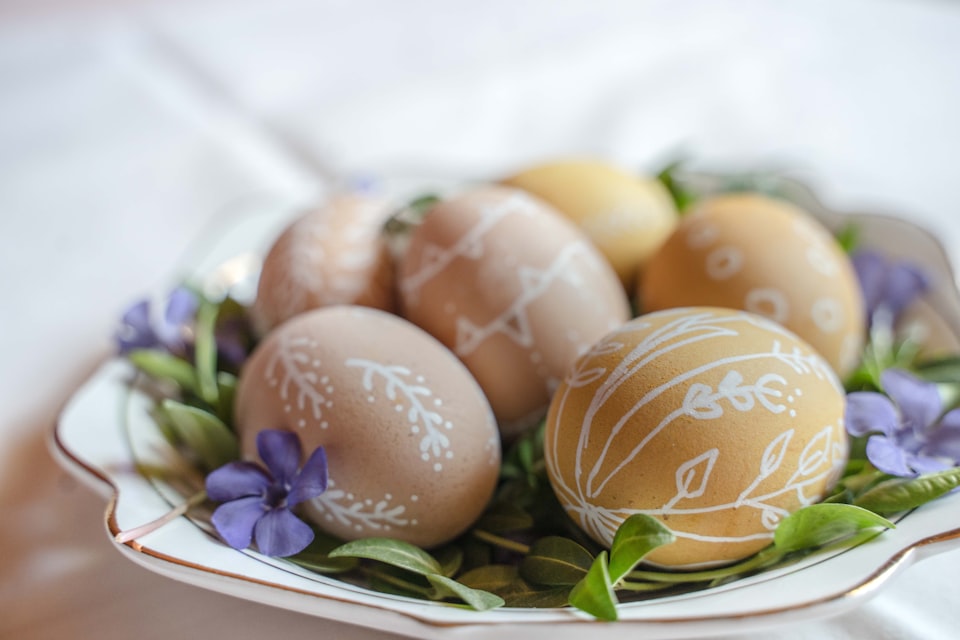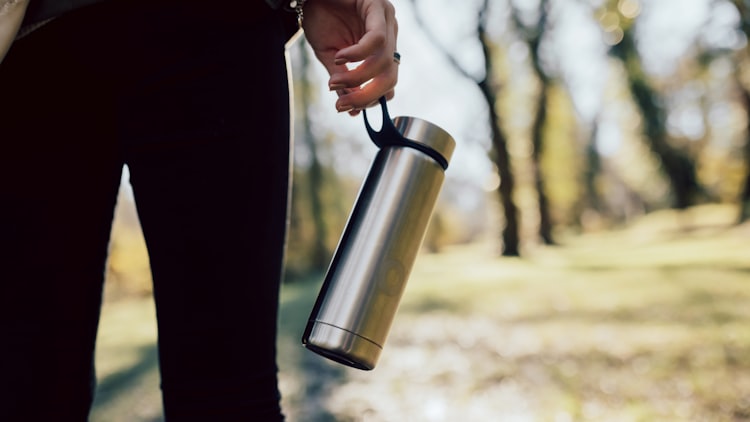A Greener Easter: Celebrating Sustainably

Easter is the perfect time to embrace sustainability in our celebrations. By making eco-conscious choices, we can enjoy the festivities while reducing our environmental footprint. Here’s how you can make a difference this Easter with simple yet impactful practices.
Opt for Natural and DIY Decorations
Ditch the plastic decorations and choose natural materials like wood, stone, and flowers for your Easter decor. Painting eggs with natural dyes from vegetables and fruits adds a personal touch and reduces chemical waste. These biodegradable options not only look beautiful but also minimise environmental impact.
Choose Eco-Friendly Easter Eggs and Treats
When it comes to Easter chocolates, selecting brands that prioritise sustainability sustainability and ethical practices is important. Green & Black’s and Pico are internationally recognised for their fair trade and organic credentials, offering ethically produced and environmentally friendly options. In Australia, Haigh’s Chocolates and Koko Black are exemplary in their commitment to sustainability. Haigh’s demonstrates its dedication through ethical sourcing, local manufacturing, and waste reduction, while Koko Black is renowned for its artisanal quality and responsible sourcing practices, ensuring that the ingredients are not only premium but also ethically obtained. By choosing these brands, you indulge in delicious Easter treats that support sustainable agriculture, ethical labour practices, and the reduction of environmental impact, aligning your Easter celebration with values of sustainability and social responsibility.
Reduce, Reuse, Recycle in Easter Activities
Easter egg hunts can be eco-friendly by using reusable wooden or fabric eggs instead of plastic ones. This approach not only minimises waste but also adds a unique element to the celebration. Encourage the use of recycled materials for decorations and crafts, further reducing your environmental impact.
Support Local and Seasonal Foods
Incorporate local and seasonal produce into your Easter meals to reduce carbon emissions associated with transportation. Buying from local farmers or markets supports the local economy and ensures that you’re eating fresh and tasty ingredients, making your Easter feast both delicious and sustainable.
Minimise Food Waste
Plan your Easter meals to avoid overbuying and wasting food. Use leftovers creatively to minimise waste and consider composting organic scraps. Being mindful of food consumption and waste can significantly reduce the environmental impact of your Easter celebrations.
So, there you have it! Making your Easter celebration more sustainable isn’t just good for the planet—it can also add a special touch to your festivities. By picking natural decorations, going for ethical chocolates like Green & Black’s, Pico, Haigh’s, and Koko Black, and cutting down on waste, we’re not only creating a beautiful Easter experience but also doing our bit for the environment. It’s all about enjoying the holiday in a way that feels good and does good. Let's hop into a green Easter!


